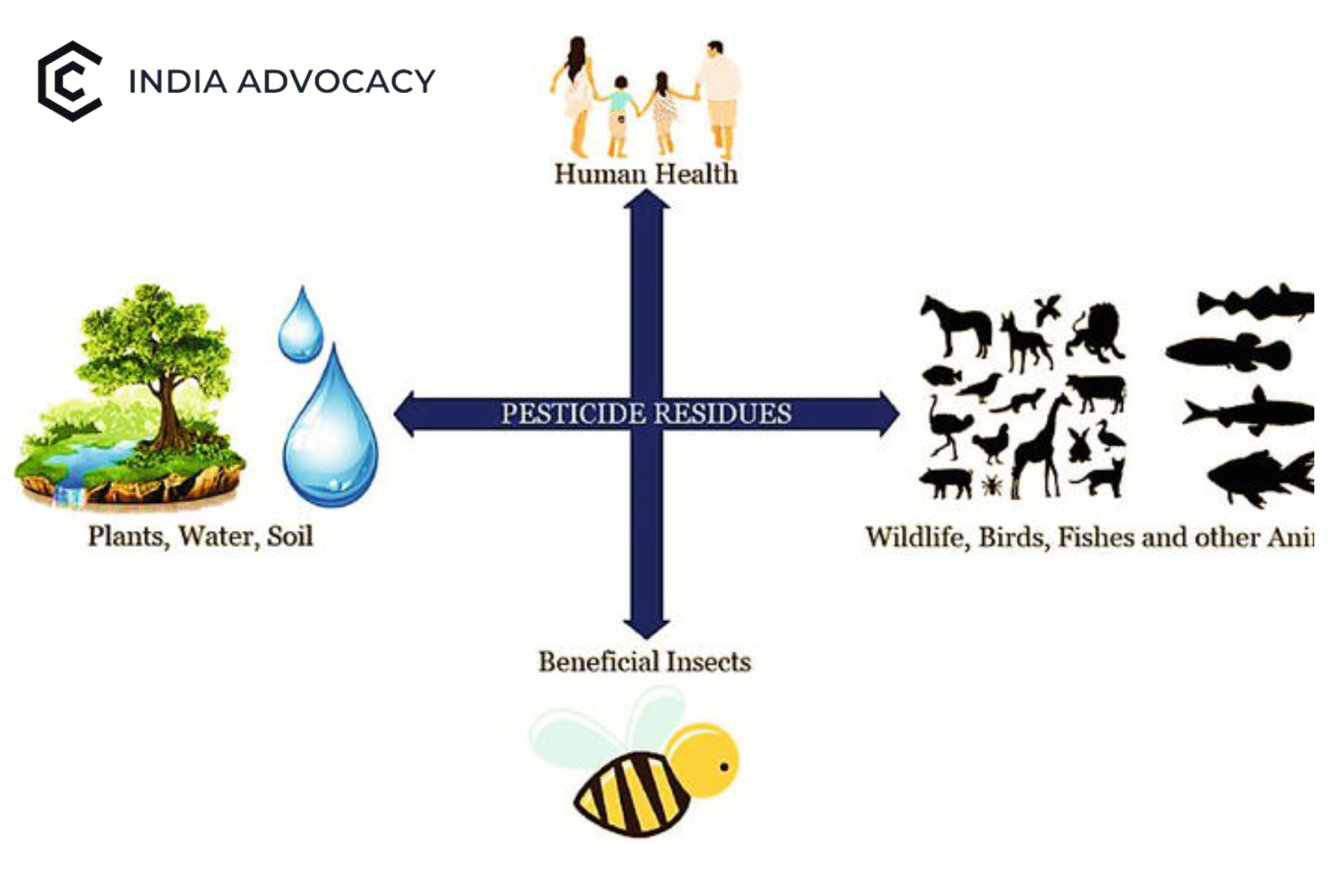
FSSAI’s Revised Norms and Their Implications
Recently, the Food Safety and Standards Authority of India (FSSAI) raised the default limits for pesticide residues in spices and culinary herbs produced in India. For pesticides without specified Maximum Residue Limits (MRLs), the limit was increased to 0.1 mg/kg from the previous 0.01 mg/kg. This move aimed to align with international standards set by the Codex Alimentarius Commission to facilitate smoother trade and reduce export rejections.
Reasons Behind FSSAI’s Decision
FSSAI attributed its decision to recommendations from its Scientific Panel on Pesticide Residues and international practices adopted by Codex. The regulator aimed to simplify regulations and address industry concerns regarding compliance with diverse international standards. However, the decision has sparked controversy among health activists who argue that higher limits could increase health risks associated with pesticide ingestion.
Criticism from Health Activists
Critics, including environmental and health groups, argue that allowing higher MRLs for unregistered pesticides could pose significant health risks. They advocate for stricter limits, particularly zero MRLs for unapproved pesticides and lower limits for approved ones, to safeguard public health. They emphasize that stricter regulations are crucial to prevent trade disruptions due to rejected exports and to maintain consumer confidence in Indian spices.
Challenges in Determining Maximum Residue Levels
Setting MRLs involves complex assessments including field trials, toxicological evaluations, and dietary exposure levels. However, India-specific MRLs for spices are often absent due to limited data availability and the high cost of conducting efficacy trials. This gap complicates the establishment of appropriate pesticide residue standards tailored to India’s diverse spice production.
Potential Impact on Spice Exports
India is the world’s largest producer and exporter of spices, but concerns over pesticide residues could impact its export market. Recent bans on spice mixes by countries like Hong Kong and Singapore underscore the importance of stringent quality standards. To sustain its export market share, India must balance regulatory adjustments with robust enforcement and quality assurance measures.
In conclusion, while FSSAI’s move aims to harmonize standards and boost trade, it faces challenges in balancing public health concerns with industry demands. Transparent and science-based determination of pesticide residue limits remains crucial to uphold food safety and safeguard India’s reputation as a global spice leader.
![]()



